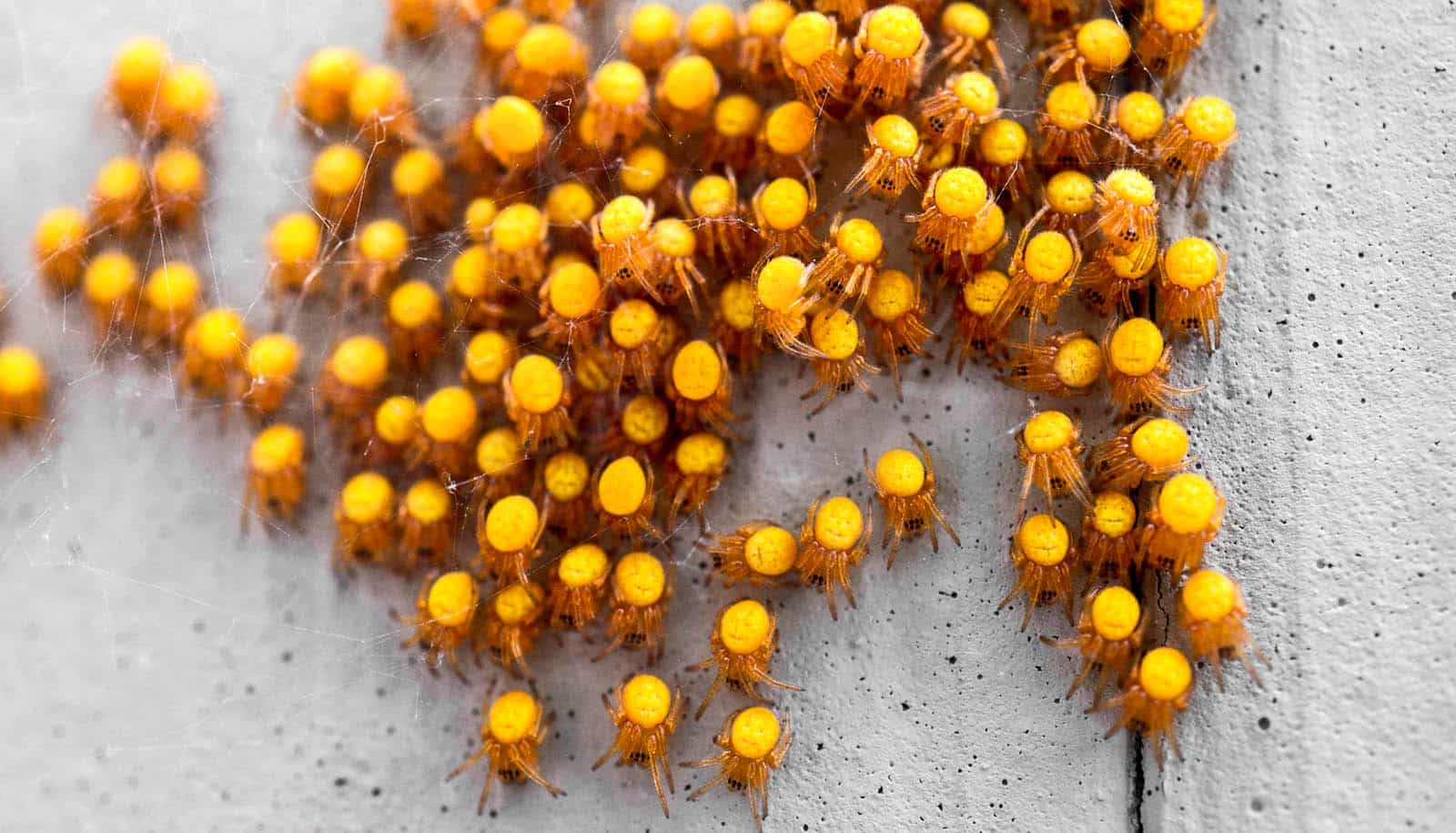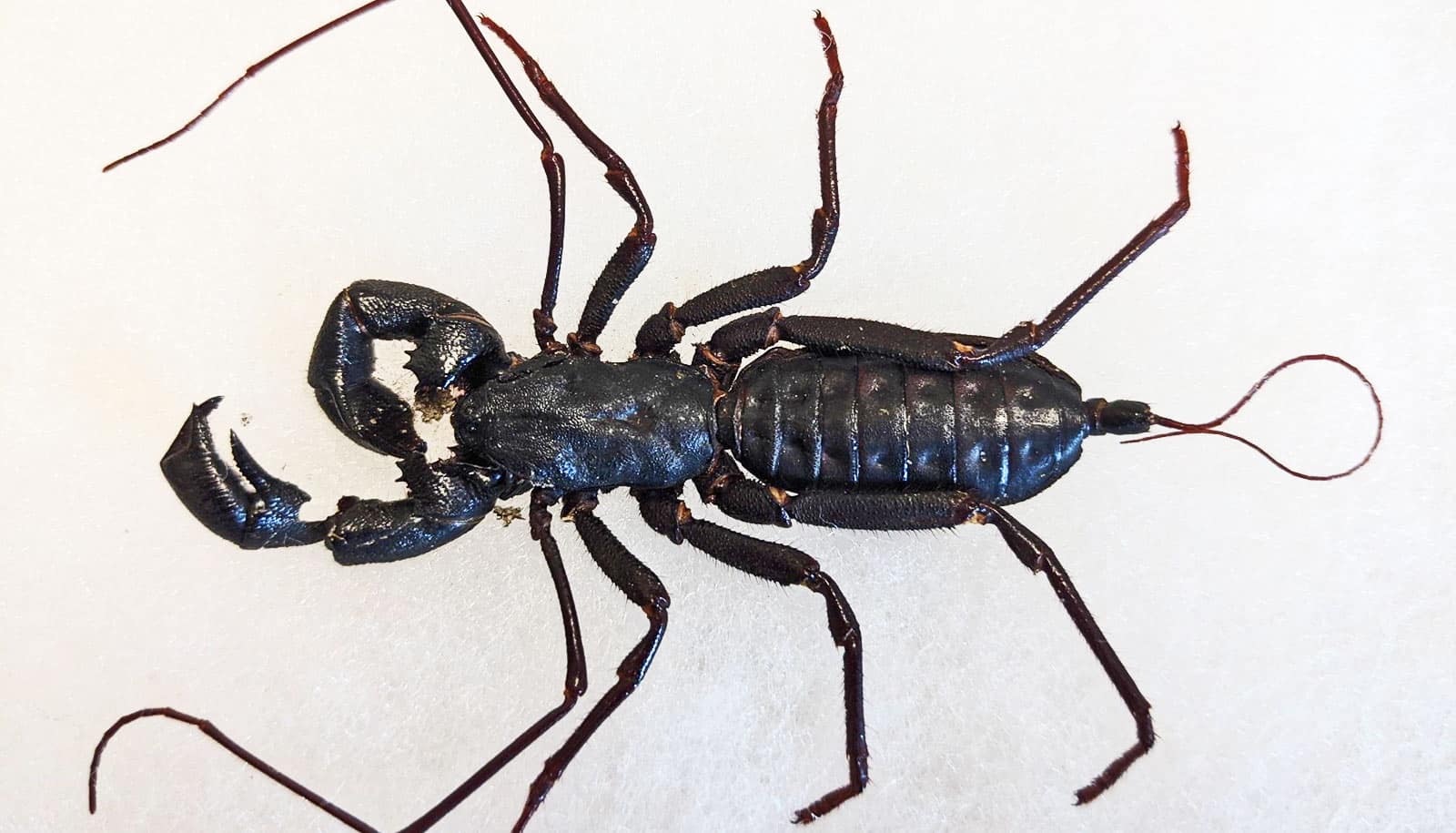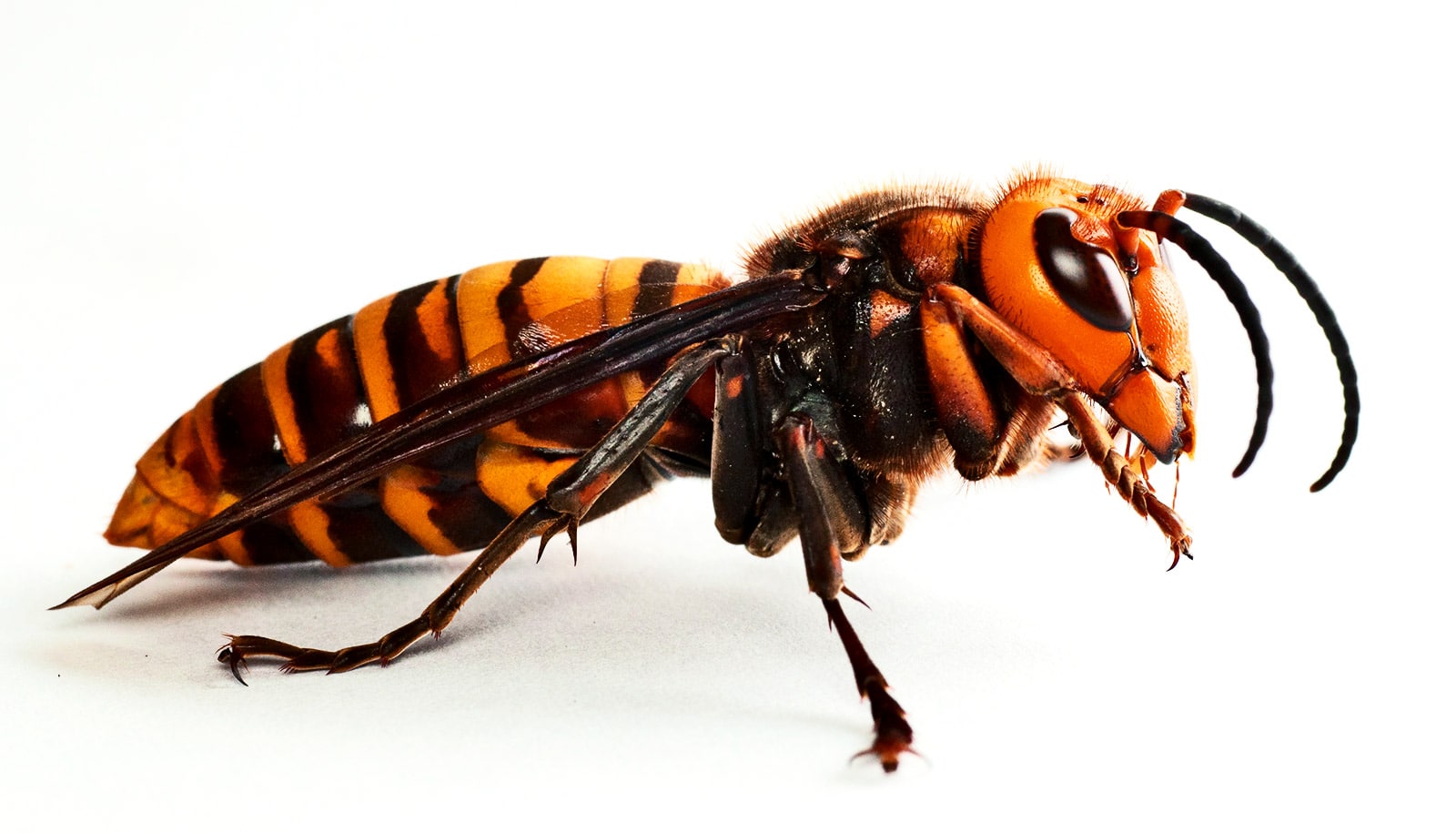Don’t automatically believe what you read online about spiders, say researchers.
“The quality of spider information in the global press is rather poor—errors and sensationalism are rampant,” says Stefano Mammola of the National Research Council, Verbania Pallanza, Italy, and University of Helsinki’s Finnish Museum of Natural History.
“Spider-related information in the press flows through a highly interconnected global network, and the spread of misinformation is driven by a limited number of key factors, the sensationalistic tone of an article being particularly important.”
Mammola says he was inspired to do the study initially based on general disappointment about the quality of spider-related newspaper articles in Italy. “Many articles on spiders in the Italian press are full of errors, alarmistic, or even fake news, or a combination thereof,” he says.
So, he and dozens of colleagues wanted to see whether this was a global problem. Their team collected all the data, representing 41 languages and 81 countries. During the COVID-19 pandemic, the project also offered a way to explore important questions on a global scale from home while spider fieldwork wasn’t possible. Their findings appear in the journal Current Biology.
“We found that the level of sensationalism and misinformation drops when the ‘right’ expert—namely an expert on spiders rather than a medical doctor or other professional—is consulted by journalists doing the writing,” explains Mammola.
“This result is actually really encouraging, because it suggests that there is a solution to this problem” explains Catherine Scott, a postdoctoral fellow in McGill University’s Lyman Lab. The authors plan to create a global database of arachnologists that are willing to speak to journalists and they are working on a set of guidelines for journalists covering stories about spiders.
The data they amassed also show the importance of events and news coverage on a local scale, as small-town stories can quickly hit the international news. “I was particularly surprised by the fact that even very local-scale events—say, the story of a farmer bitten by a spider in some remote village in Australia—published by a regional newspaper can quickly become broadcast internationally,” Mammola explains.
“This implies that improving the quality of the information produced in these local nodes could have a positive effect reverberating across the information network—a typical example of a ‘think globally, act locally’ management strategy”.
Misinformation about spiders has many real-world implications. Some notable cases have led to school closures due to alarmist responses to false widow “invasions,” they report. In another instance, a man lit his house on fire while blowtorching (harmless) spider webs from his backyard. The tone and quality of “news” stories about spiders shape people’s perception and ideas about them, with implications for them and for spider conservation.
As for next steps, the researchers now want to explore more about how poor-quality information on spiders relates to the persistence of arachnophobic sentiments in the population. They also want to understand better how differences in cultural, social, and other factors influence differences in the way spiders are represented and talked about across various countries and regions.
Source: McGill University



